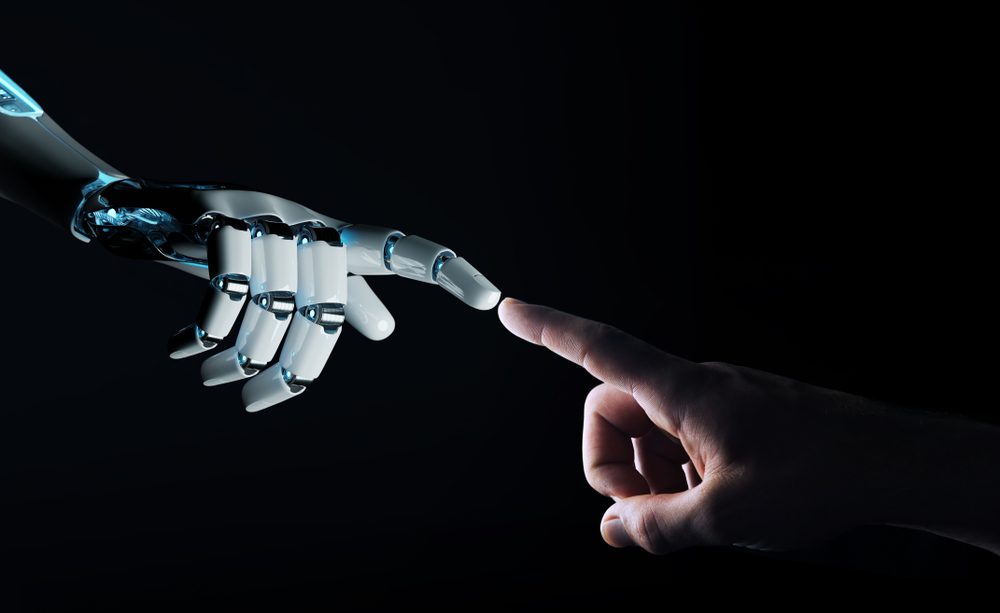How robots will become part of everyday life thanks to Musk
Elon Musk, the visionary CEO of Tesla, has long been at the forefront of technological innovation. His latest venture into robotics, embodied by the humanoid robot ‘Optimus,’ represents a significant leap towards integrating robots into everyday life. This article explores the development of Optimus and its implications for the future, using Musk’s work as a backdrop.
Elon Musk’s Humanoid Robot: From Concept to Reality
The Birth of an Idea
In August 2021, during Tesla’s AI Day, Elon Musk first announced his ambitious plan to create a humanoid bot. This robot, he envisioned, would navigate human environments and relieve people of dangerous, repetitive, and boring tasks. At this stage, the idea was in its infancy, evidenced only by a human in a robot costume on stage.
The Unveiling of Optimus
Fast forward to September 30, 2022, and Musk’s vision had taken a more concrete form. At the 2022 Tesla AI Day in Palo Alto, California, Musk introduced ‘Optimus.’ This prototype humanoid robot was capable of walking, waving, and performing basic manual tasks like carrying objects. Despite its modest capabilities and the mixed reactions, it received, Optimus represented a critical step in Musk’s vision for the future of robotics.
Comparing Optimus with Contemporary Robotics
Robots: A Work in Progress
Compared to advancements by companies like Boston Dynamics and Agility Robotics, which have showcased robots performing parkour and running at impressive speeds, Optimus seemed rudimentary. Critics pointed out gaps in agility and flexibility, and the technology behind Optimus’ hands was seen as basic.
The Speed of Development in Robotics
However, it’s important to note the rapid development timeline of Optimus. Transitioning from an idea to tangible hardware in just over a year is a noteworthy achievement. This pace of development underlines Tesla’s commitment to bringing Musk’s vision to life.
Musk’s Grand Plan: Mass Production and Impact on Society
A Vision for Mass AI Adoption
Elon Musk’s goal with Optimus goes beyond technical prowess; he intends to mass-produce these robots, envisioning millions of units at an accessible price point around USD 20,000. This approach sets Tesla apart from its competitors, who are primarily focused on specialized applications.
The Potential Impact of Robots on Society
Musk envisions a future where robots like Optimus take on tasks that are dangerous, repetitive, or monotonous. This shift could profoundly affect various sectors, including retail, manufacturing, and construction, potentially transforming modern economics and societal structures.
The Long-Term Vision: AI and Robotics
The Challenge of Predicting AI’s Impact
Predicting the long-term impact of AI and robotics is as challenging as it was to foresee the influence of the internet in its early days. Just as the internet and smartphones revolutionized society in unforeseen ways, Optimus and similar technologies hold the potential for a significant societal transformation.
Beyond Current AI Limitations
While Optimus may not currently impress with its capabilities, it’s crucial to recognize the potential behind this technology. Musk’s vision extends to a future without poverty, where AI and robotics create an abundance of products and services.
A Step Towards a Transformative AI Future
Elon Musk’s Optimus may be in its early stages, but it symbolizes a significant step towards making what once seemed like science fiction a reality. As with any pioneering technology like AI, its current limitations should not overshadow its potential.
Image Source: Shutterstock_1379131412


